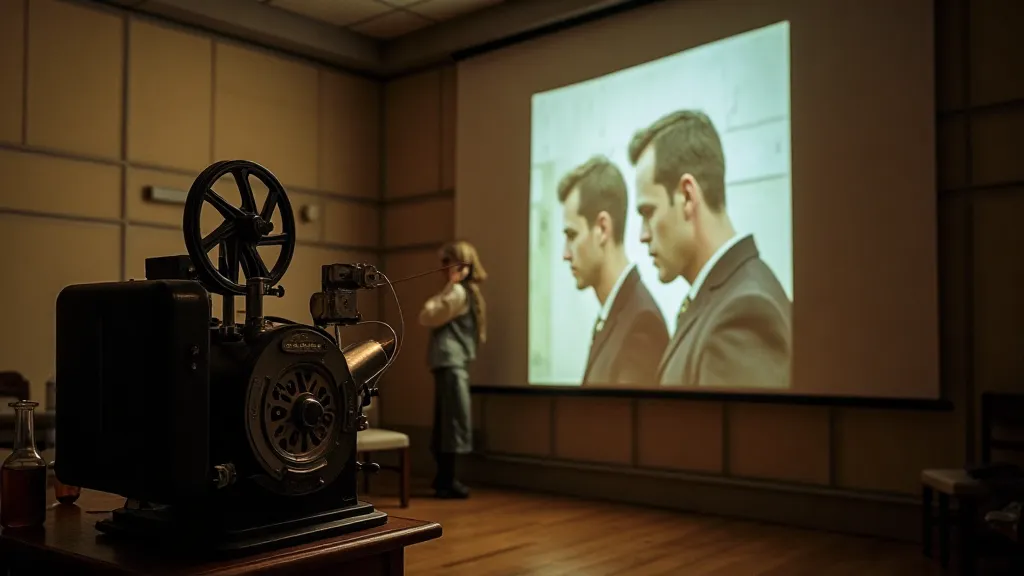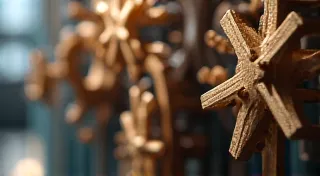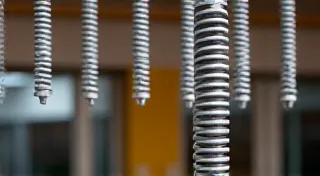Resurrecting the Diaporama: Restoring Motion Picture Capabilities in Vintage Carousel Projectors
There's a particular kind of melancholy that settles over you when handling a vintage carousel projector. Not a sadness, precisely, but a quiet reverence for a time when entertainment was slower, more deliberate, and profoundly tactile. These machines, often ornate and beautifully engineered, were designed to transport audiences to other places, to share stories in a way that a flickering digital screen simply can’t replicate. But beyond their ability to cycle through a seemingly endless stream of slides, many of these projectors held a lesser-known, more captivating secret: the ability to project short motion pictures – the “diaporama.” Restoring this often-forgotten functionality is a journey into the heart of analog ingenuity, demanding patience, a keen eye, and a touch of historical detective work.
My own introduction to these machines came from my grandfather, a retired engineer with a passion for old technology. He had a Kodak Carousel TC, a magnificent machine with a polished chrome finish that felt substantial in your hands. He's gone now, but the memory of his hushed explanations about how the mechanism worked, the gentle whirring of the motor, the scent of warm metal and aging lubricants – these are sensory echoes that transport me back to a simpler time. He showed me his collection of diaporama strips – short lengths of film with a series of images, designed to play like a mini-movie within the carousel's slide path. Seeing those fragile strips, knowing their potential to bring moments back to life, sparked a lifelong fascination.
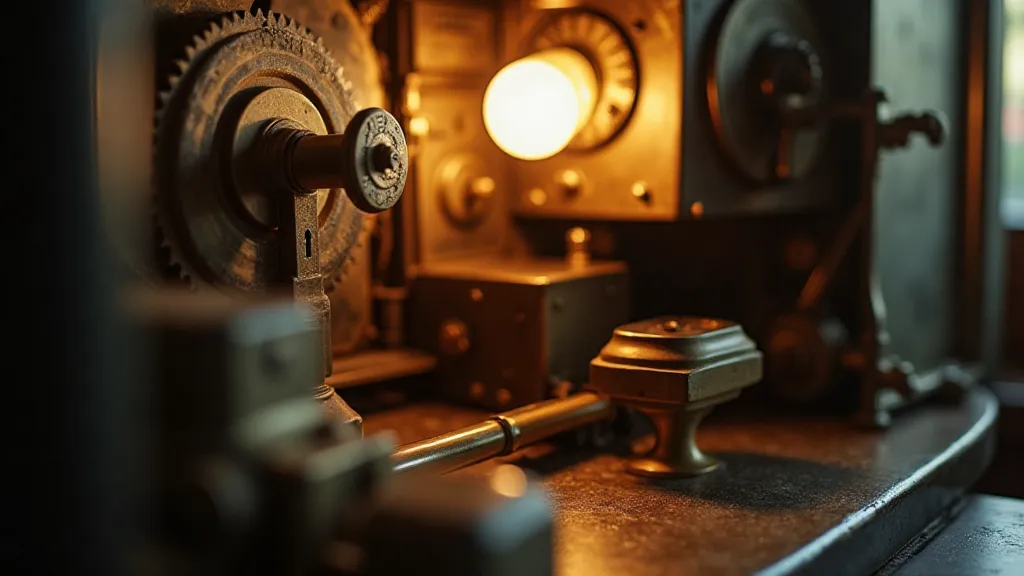
The Diaporama: More Than Just a Slide Cycle
Most people associate carousel projectors with the rhythmic display of slides – a nostalgic slideshow of family vacations or important life events. But in the 50s and 1960s, manufacturers like Kodak and Nikon were exploring ways to expand the projector's capabilities. The diaporama functionality emerged as a clever solution, utilizing a specially designed film strip that could be fed through the projector alongside the slide path. These strips contained a sequence of still images, cleverly spaced to create the illusion of motion when projected.
The technical implementation varied. Some projectors used a simple feed mechanism that advanced the film strip at a consistent rate, while others incorporated more sophisticated controls for adjusting the speed and even adding sound. Unfortunately, over the decades, these mechanisms have often become brittle, clogged with dust, or simply broken, leaving many projectors unable to perform this fascinating function. Many collectors have only encountered the projector as a static slide display and are unaware of the diaporama capabilities altogether.
Troubleshooting Diaporama Issues: A Step-by-Step Approach
Diagnosing and repairing diaporama issues can be challenging, but methodical troubleshooting is key. Here's a breakdown of common problems and potential solutions:
- Mechanical Jamming: This is the most frequent culprit. Years of inactivity can cause the feed mechanism to seize up. Start by carefully cleaning all moving parts with a soft brush and a mild solvent. Use compressed air to dislodge dust and debris. A drop or two of light oil, specifically designed for precision machinery, can also help. Never use WD-40; it will attract more dust and eventually gum up the works.
- Feed Pawl Issues: The feed pawl is the small lever that advances the film strip. It’s a surprisingly delicate component and is prone to breakage or wear. Examine it carefully for cracks or damage. Replacement parts are scarce, but sometimes a careful bending or filing can restore its functionality.
- Motor Problems: A weak or failing motor will struggle to drive the feed mechanism. Test the motor’s speed and torque. If it’s sluggish, cleaning and lubricating the motor bearings may help. In some cases, motor replacement is necessary, but sourcing a compatible motor can be difficult.
- Optical Alignment: Ensuring proper alignment of the projector's optics is crucial for a clear and focused image. If the diaporama image is blurry or distorted, carefully inspect the mirrors and lenses for dust, scratches, or misalignment.
- Film Strip Condition: The diaporama strips themselves are extremely fragile and often degrade over time. Look for tears, cracks, or discoloration. Handling these strips with extreme care is paramount.
Before you begin any repair, thoroughly research your specific projector model. Service manuals, if available, are invaluable resources. Online forums and communities dedicated to vintage projectors are also a wealth of knowledge, where experienced enthusiasts can offer advice and support.
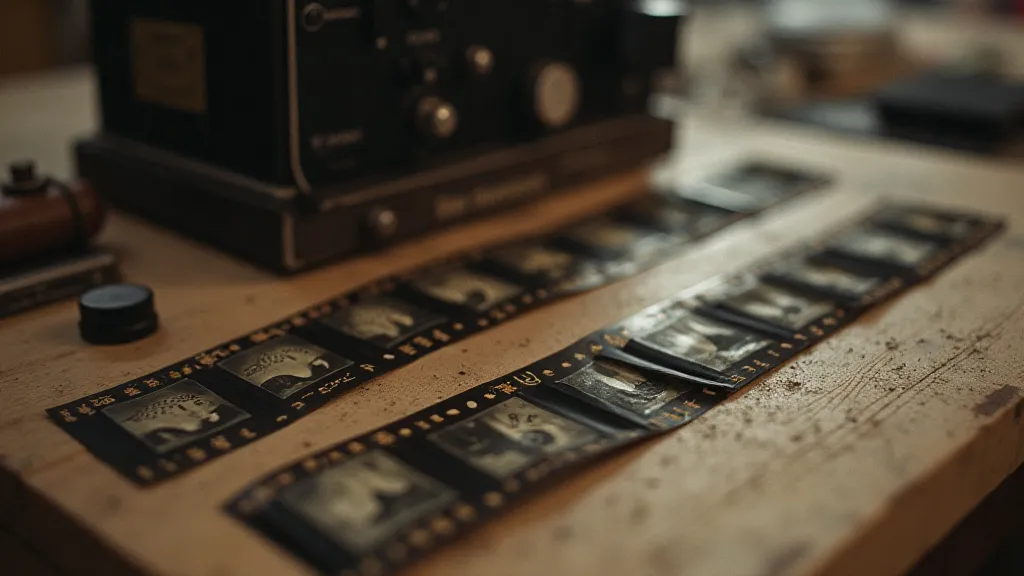
The Value of Preservation: More Than Just Fixing a Machine
Restoring a vintage carousel projector's diaporama capabilities isn't just about fixing a machine; it’s about preserving a piece of history. These projectors represent a time when technology was simpler, more deliberate, and deeply intertwined with the art of storytelling. They offer a unique window into the cultural landscape of the mid-20th century.
The meticulous craftsmanship involved in these projectors is also something to admire. The quality of the materials, the precision of the engineering, the attention to detail – these are qualities that are often lacking in today’s mass-produced goods. Taking the time to repair and restore these machines is a way of honoring that legacy and ensuring that it continues to inspire future generations.
Sourcing Parts: A Collector’s Challenge
Finding replacement parts for vintage carousel projectors can be a considerable challenge. Original parts are often scarce and expensive. However, resourceful collectors have developed several strategies:
- Online Auction Sites: eBay and other online auction sites are a good place to start your search. Be patient and persistent, as parts often come up for sale sporadically.
- Specialty Repair Shops: Some repair shops specialize in vintage photographic equipment. These shops may have a stock of hard-to-find parts.
- Scrapping Old Projectors: Sometimes, the best way to obtain a specific part is to dismantle a non-working projector. This is a last resort, but it can be a viable option if you’ve exhausted other avenues.
- 3D Printing: With the advent of 3D printing technology, it's becoming increasingly possible to reproduce some parts that are no longer available. However, this requires access to a 3D printer and some knowledge of CAD design.
Remember that restoring a vintage carousel projector is a journey, not a destination. It requires patience, perseverance, and a genuine appreciation for the art of analog photography. The rewards, however, are well worth the effort – the joy of bringing a piece of history back to life, the satisfaction of mastering a challenging repair, and the opportunity to share the magic of the diaporama with others.
